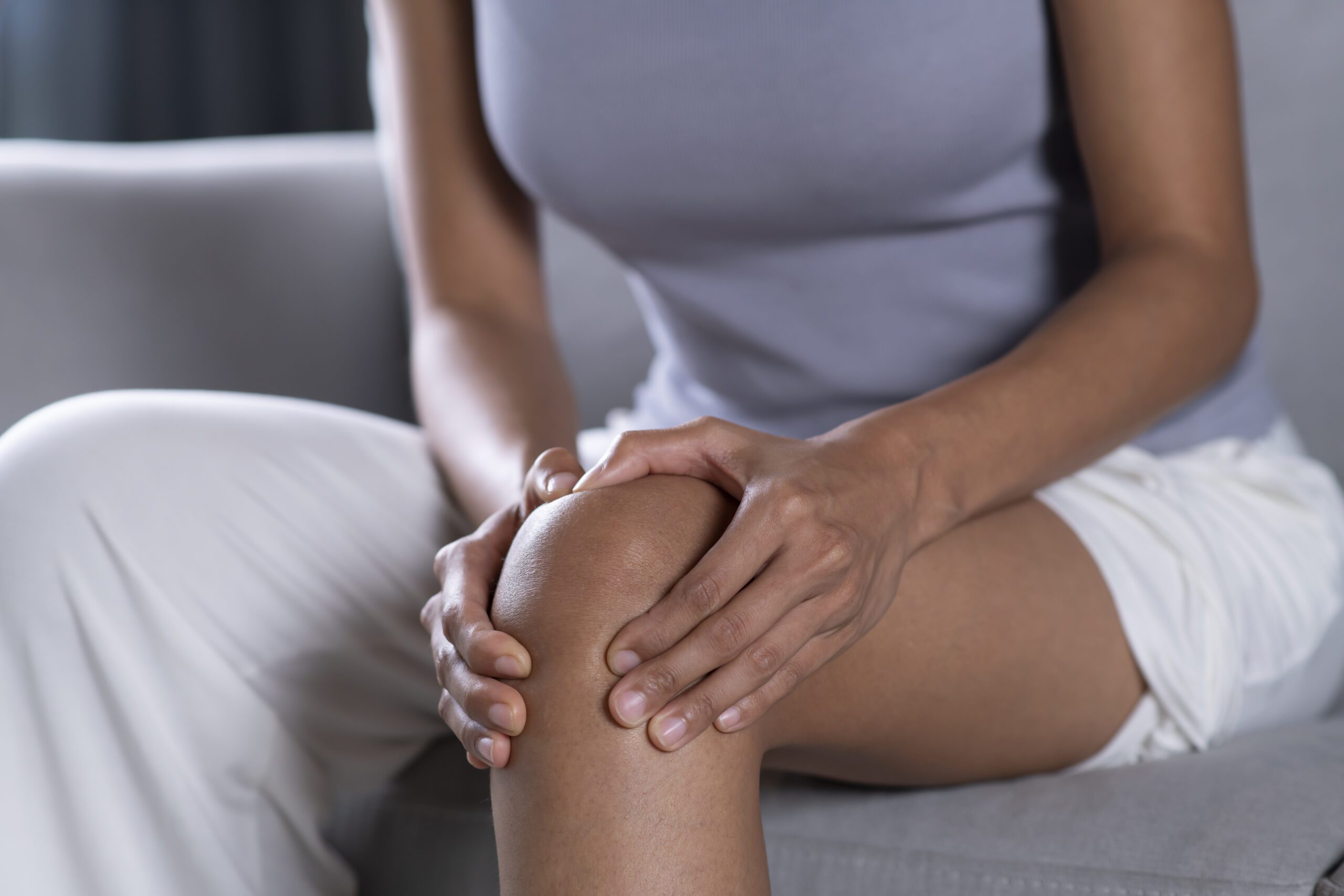Leg pain is a common occurrence that most people experience at some point in their lives. This discomfort can arise from activities such as deep-muscle workouts, long walks or hikes, or spending too much time standing at work. Usually, leg pain caused by overexertion tends to subside within a few days.
However, if the leg pain persists for more than two weeks, it may indicate a more severe underlying condition. Such conditions may include:
- Deep Vein Thrombosis
- Sciatica
- Restless Leg Syndrome (RLS)
- Peripheral Artery Disease
- Chronic Venous Insufficiency
- Radiating Pain from Another Injury
- Peripheral Neuropathy
Can lying down be detrimental to circulation?
One major factor that contributes to many of these conditions is circulation, also known as the vascular system. Insufficient circulation can cause leg discomfort, aches, numbness, or tingling. Improving circulation can effectively manage pain and discomfort in the legs by promoting nerve and tissue repair and regeneration.
When experiencing chronic leg pain, some people with undiagnosed conditions may attempt to manage their discomfort by avoiding physical activity and lying down. While this may seem like a viable solution to alleviate pain, it can actually exacerbate symptoms if poor circulation is the underlying cause.
Poor circulation impedes the transport of oxygen to different parts of the body, particularly the legs and feet, which can significantly hinder healing. While lying down may be beneficial in cases where overexertion is the cause of leg pain in healthy individuals, it may not be effective in cases where poor circulation is the root of chronic leg pain. Hence, it’s crucial to seek medical treatment from a doctor if leg pain is severe enough to limit movement for an extended period.
At what point should leg pain become a concern?
Leg pain resulting from a significant injury, cut, or bruise should be treated immediately. However, it’s not always easy to identify the underlying cause of leg pain. Here are some signs that suggest a visit to the doctor is necessary, according to experts:
- If your leg pain is accompanied by swelling, redness, or warmth
- Blood clots can cause leg pain, which can be a severe medical emergency. These clots often manifest as calf pain or cramps, especially after long trips or recent surgery.
- If you hear popping, cracking, or any other unusual sounds coming from the joints in your legs
- If your leg is discolored or pale
- If you have wounds on your legs that are not healing
- If you experience persistent leg pain that does not subside
- If you have large varicose veins that hurt when touched
- If you have labored breathing and swollen legs
- If the pain in your legs impairs your ability to walk normally and necessitates frequent breaks while walking
Many of these symptoms are caused by vascular problems, which require professional medical care to treat.
What can be done to alleviate leg pain when sitting down?
If you’re physically fit and healthy, staying active is the best way to prevent leg pain when sitting by promoting circulation. You can also consider taking multivitamins to eliminate the possibility of vitamin deficiencies causing leg pain or cramps. Additionally, getting adequate sleep and drinking enough water can encourage natural healing.
If the leg pain persists or worsens despite these measures, it’s important to seek medical advice from a doctor or vascular specialist, such as those at Maryland Vascular Specialists, before it becomes severe. Ignoring mysterious leg pain might seem inconsequential at first, but it can lead to severe consequences if left untreated.
